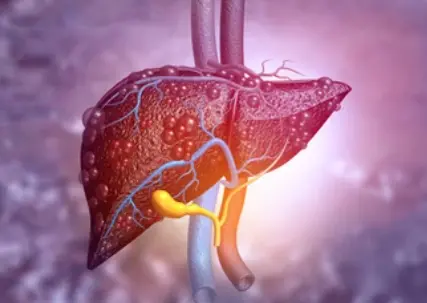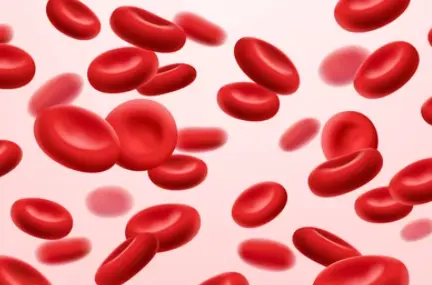 Welcome
Welcome
“May all be happy, may all be healed, may all be at peace and may no one ever suffer."
Haemodialysis - Generics
Haemodialysis is a medical treatment used to remove waste products and excess fluids from the blood when the kidneys are not functioning properly. The procedure involves using a machine to filter blood through an artificial kidney (dialyzer) that contains a semipermeable membrane. The dialyzer removes waste products, excess fluids, and electrolytes from the blood, which are then discarded.
The patient's blood is accessed through a vascular access point, which is usually a surgically implanted tube or fistula in the arm or leg. Blood is then passed through the dialyzer and returned to the patient's body through the same access point.
Haemodialysis is typically performed in a hospital or dialysis centre, and can take several hours per session. Most patients require haemodialysis treatments several times per week, depending on their level of kidney function.
Haemodialysis can help to improve symptoms associated with kidney failure, such as fatigue, nausea, and swelling. However, it is not a cure for kidney disease, and patients with advanced kidney disease may require a kidney transplant or lifelong dialysis treatments.
Potential complications associated with haemodialysis include low blood pressure, infections, bleeding, and problems with the access point. It is important for patients undergoing haemodialysis to closely monitor their symptoms and follow their healthcare provider's instructions to reduce the risk of complications.

Septic Arthritis

Leprosy

Balanced anesthesia

Liver cirrhosis

Vitamin B6 deficiency

Bodyache

Hypertriglyceridemia

Stiffness
Haemodialysis, হেমোডায়ালাইসিস
To be happy, beautiful, healthy, wealthy, hale and long-lived stay with DM3S.